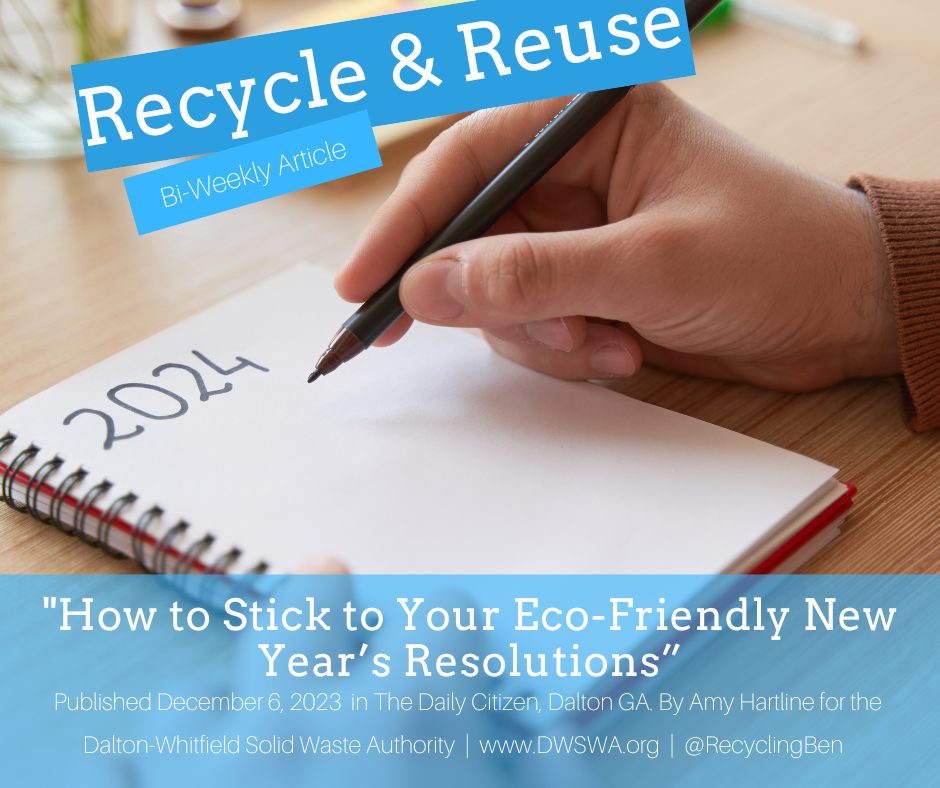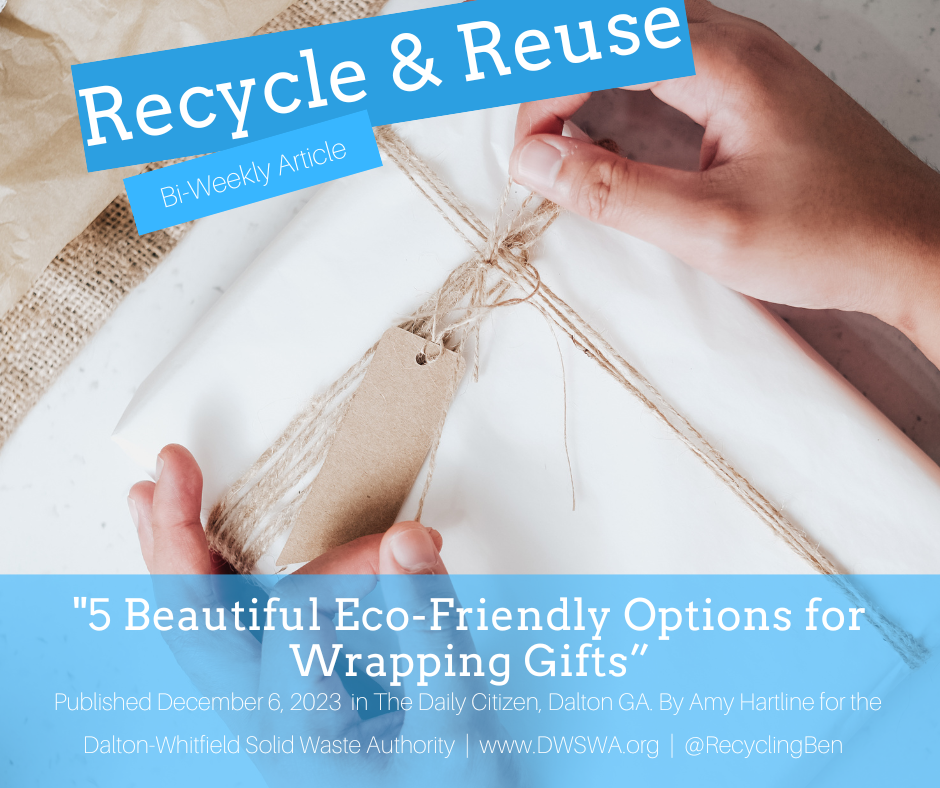What is nonpoint source pollution and what can we do about it?
/When there is an oil spill, it makes headlines, but since the Clean Water Act of 1972 that type of pollution, called “point source pollution” has diminished greatly. Now we struggle with the much less discussed, but just as important “non-source pollution” such as fertilizer, dog waste, and litter. Nonpoint source pollution is a term we use for pollution that we can’t pinpoint as coming from one location.
This year, I will be working with Park Creek Elementary to teach about the difference and impact of various pollution sources using the Enviroscape, a three-dimensional model that shows students the path that rain, and therefore pollution take.
Here in Whitfield County, pollution, no matter the type, goes into the Conasauga River. The Conasauga River is one of the most biologically diverse rivers in North America. Many endangered species reside in this river and are at risk of extinction due to pollution. One fish, the Conasauga Logperch, is known to survive in this river alone.
So, we know that nonpoint pollution is our main concern for pollution of the Conasauga River, but what can we do about it? That depends on the various ways we can impact the water.
Yard owners and businesses often use more fertilizer than necessary but more is not always better. The extra fertilizer finds its way into our waterways. There it promotes the growth of microorganisms which then decreases the amount of oxygen in the river. Without enough oxygen the aquatic species suffocate.
The best solution to limit fertilizer is to replace it with compost or even seaweed. This can restore the nutrients needed to the soil and may even cut down on waste while also cutting down on pollution.
From time to time, we all deal with disposing of household chemicals. Chemicals such as paint, used oil, bleach, upholstery cleaner, and more have to be disposed of correctly to not end up in our waterways. Some people may dispose of these directly down storm drains, but many storm sewers lead directly to streams, lakes, and rivers without treatment. If you know it would do damage to your body if you drank any of those chemicals, you can also assume it is going to do damage to any aquatic or wild life that will come into contact with those chemicals as well.
Luckily, a household hazardous waste collection site was established in Whitfield County in 1999 so that we have a permanent system for disposing of hazardous waste. You can bring any unused household hazardous waste you need disposed of to the Old Dixie Convenience Center on 4189 Old Dixie Highway for collection on any third Saturday of the month from 7 am to 2 pm. There you can know it will be disposed of properly and not become pollution. The collection is free to citizens od Dalton and Whitfield County. You can learn more about what they accept at; https://www.dwswa.org/household-hazardous-waste-facility
Lastly, the most visible nonpoint pollution is the litter and dog waste. Together these can increase the levels of phosphorus, nitrogen, fecal coliform bacteria, parasites, and microplastics that are in the water. Microplastics have become such an issue that even some humans are digesting about a credit card’s worth of microplastics each week. For the sensitive and smaller aquatic species, the contamination of microplastics which may leach harmful chemicals could have disastrous results.
While this is the most visible source, it can feel overwhelming to try and handle. The best way to limit it is to start with your own actions. If you have a pet, make sure you pick up after them. Dispose of all of your trash correctly.
If you would like to take it a step farther, you can participate in a cleanup or lead an Adopt-a-Spot yourself. On October 22, 2022 hundreds of volunteers will gather across Whitfield and Murray counties to clean the Conasauga watershed. To join in and find out more visit keepdaltonwhitfieldbeautiful.org.
We have made significant progress in pollution due to the Clean Water Act and it is now up to us as a community and as individuals to help limit our pollution to protect our natural resources that give so much life and character to our community.
































